For a successful mountain camping trip, pack essential gear and plan for varying weather conditions. Stay safe by following these tips.
Mountain camping offers a unique and rewarding experience for nature enthusiasts. Being prepared is crucial to ensure a safe and enjoyable adventure. First, choose the right gear, including a sturdy tent, warm sleeping bag, and appropriate clothing. Always check the weather forecast and pack accordingly, as mountain weather can be unpredictable.
Plan your meals and bring enough food and water. Stay aware of your surroundings to avoid wildlife encounters. Lastly, always inform someone of your plans and expected return. By following these tips, you can have a memorable and safe mountain camping trip.
1. Preparing For Your Mountain Adventure
Embarking on a mountain camping trip can be thrilling. Proper preparation is crucial to ensure safety and enjoyment. This section provides essential tips to help you prepare for your mountain adventure.
Choosing The Right Gear
Having the right gear is vital for a successful trip. Start with a durable backpack that fits all your essentials. Ensure it’s comfortable for long hikes.
- Tent: Choose a lightweight, weather-resistant tent.
- Sleeping Bag: Opt for a sleeping bag designed for cold temperatures.
- Cooking Equipment: Bring a portable stove and lightweight cookware.
- Clothing: Wear layers to adjust to changing temperatures.
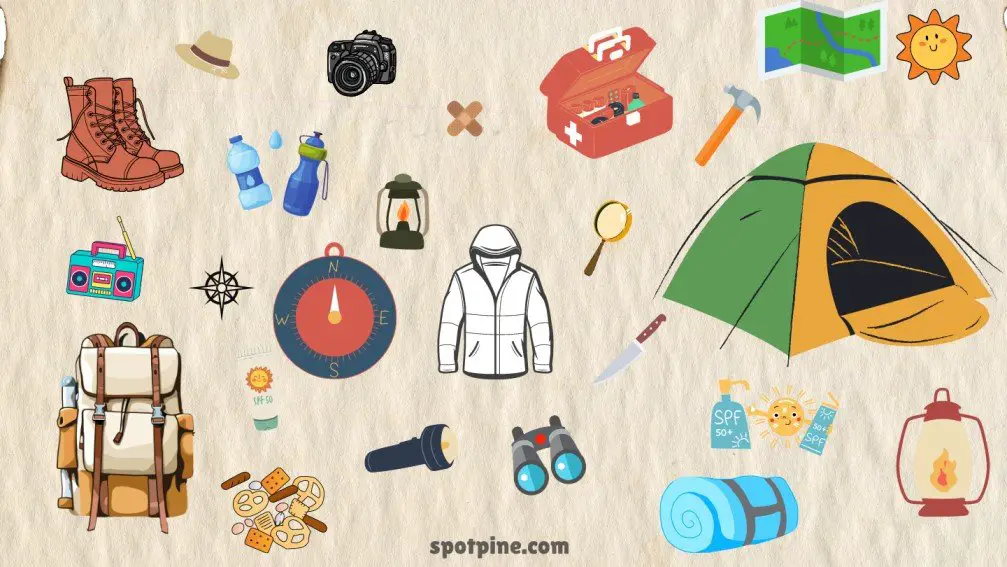
Weather Considerations
Mountain weather can be unpredictable. Always check the forecast before your trip. Pack gear suitable for various conditions.
| Weather Condition | Recommended Gear |
| Sunny | Hat, Sunglasses, Sunscreen |
| Rainy | Waterproof Jacket, Extra Socks |
| Cold | Insulated Jacket, Thermal Layers |
Always prepare for the worst. Pack extra layers and gear for unexpected changes.
2. Essential Gear Checklist
Mountain camping requires special gear to stay safe and warm. Having the right equipment makes your trip enjoyable and stress-free. Below is an essential gear checklist to help you prepare for your adventure.
Tent And Sleeping Essentials
- Sturdy Tent: Choose a tent designed for mountain conditions. It should be waterproof and wind-resistant.
- Sleeping Bag: Opt for a sleeping bag rated for cold weather. Ensure it is lightweight yet warm.
- Sleeping Pad: A good sleeping pad provides insulation and comfort. It also protects against cold ground.
- Pillow: A compact, inflatable pillow adds comfort. You can also use a stuff sack filled with clothes.
Cooking Equipment
- Portable Stove: A lightweight, portable stove is essential for cooking. Make sure it is easy to use and fuel-efficient.
- Cookware: Bring a compact cookware set. Include a pot, pan, and utensils.
- Food Supplies: Pack non-perishable, high-energy foods. Examples include nuts, dried fruits, and instant meals.
- Water Filter: A water filter is crucial for safe drinking water. Ensure it is reliable and easy to use.
Navigation Tools
- Map: Carry a detailed map of the area. Know how to read it.
- Compass: A compass is essential for navigation. Learn how to use it with the map.
- GPS Device: A GPS device can be a helpful backup. Ensure it is fully charged.
- Headlamp: A headlamp is vital for visibility at night. Bring extra batteries.
Essential Equipment for Your Great Adventures
3. Dressing For The Mountains
Mountain camping requires careful planning, especially for clothing. The weather can change quickly. You need to be ready for cold, rain, and wind. Proper clothing keeps you warm and dry. This guide will help you dress right for mountain camping.
Layering For Warmth
Layering is key to staying warm. Wear several thin layers instead of one thick one. This traps heat better and lets you adjust easily.
- Base Layer: Wicks moisture away. Choose materials like wool or synthetic fibers. Avoid cotton.
- Mid Layer: Provides insulation. Fleece or down jackets work best.
- Outer Layer: Protects against wind and rain. Look for waterproof and breathable jackets.
Avoid cotton as it absorbs moisture and dries slowly. Wool and synthetic fibers work best. They keep you dry and warm even when wet.
Protective Accessories
Accessories are as important as your main clothing. They protect you from the elements.
| Accessory | Purpose |
| Hat | Keeps your head warm. Choose a wool or fleece hat. |
| Gloves | Protect your hands from cold. Waterproof gloves are best. |
| Scarf or Neck Gaiter | Protects your neck and face. Fleece or wool works well. |
| Socks | Wool socks keep your feet warm and dry. |
| Footwear | Sturdy, waterproof boots are essential for rough terrain. |
Always pack extra accessories. Weather in the mountains can change quickly. Having backups ensures you stay warm and dry.
4. Setting Up Camp
Setting up camp in the mountains can be an exciting adventure. Proper planning ensures a safe and enjoyable experience. Here are some essential tips to help you set up camp effectively.
Selecting A Campsite
Choosing the right campsite is crucial for a comfortable stay. Look for a flat and dry area. Avoid setting up camp near water sources to prevent flooding. Ensure your site is away from dead trees or branches. These can fall and cause injury.
- Flat and Dry Area: Ensures a comfortable sleeping surface.
- Away from Water Sources: Prevents unexpected flooding.
- Avoid Dead Trees: Reduces risk of falling branches.
Tent Setup Tips
Setting up your tent correctly is essential. Follow these tips for a secure setup. First, use a ground tarp under your tent. It protects the tent from moisture and damage. Second, stake your tent properly. Use all the stakes provided to anchor it firmly. Third, choose the right tent orientation. Position the tent door away from the wind.
- Use a Ground Tarp: Keeps the tent dry and protected.
- Stake Your Tent: Ensures the tent is secure.
- Tent Orientation: Positions the door away from the wind.
With these tips, you can set up your camp efficiently. Enjoy your mountain camping adventure!
5. Safety First
Mountain camping can be exciting. Yet, safety should always be a priority. Here are essential tips to keep you safe during your adventure.
Wildlife Awareness
Wildlife encounters are common in mountain areas. Always be aware of your surroundings.
- Keep your distance from wild animals. Do not try to feed them.
- Store food in sealed containers to avoid attracting animals.
- Use a bear-proof container if in bear country.
Carry a whistle or bear spray for protection. Always stay calm if you see wildlife.
Emergency Preparedness
Being prepared can save lives. Always have a plan for emergencies.
| Item | Purpose |
| First-aid kit | Treat minor injuries immediately. |
| Whistle | Signal for help in emergencies. |
| Map and compass | Navigate if you get lost. |
Always tell someone your plans. Share your route and expected return time.
Carry a fully charged phone and a backup battery. Know the emergency numbers for the area.
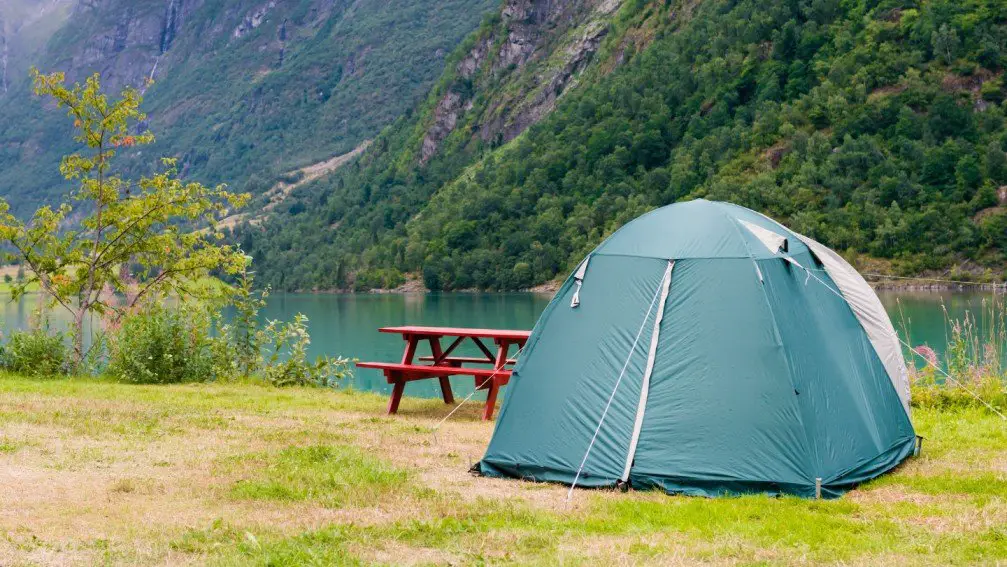
6. Leave No Trace Principles
Mountain camping offers an incredible way to connect with nature. It’s essential to follow the Leave No Trace Principles to protect these beautiful places. These principles guide campers in minimizing their impact on the environment, ensuring that the wilderness remains pristine for future generations.
Respecting Nature
Respecting nature is the cornerstone of the Leave No Trace Principles. Always stay on marked trails to avoid damaging delicate plants. Do not pick flowers or disturb wildlife. Observe animals from a distance to avoid stressing them. Use binoculars or a camera with a zoom lens for a closer look.
| Do | Don’t |
| Stay on trails | Pick plants |
| Observe wildlife from afar | Feed animals |
Minimizing Campsite Impact
Minimizing your campsite impact helps preserve the environment. Choose a durable surface like rock, gravel, or dry grass for your tent. Avoid setting up camp near water sources to protect fragile ecosystems. Use existing fire rings if you need a campfire. If there are no fire rings, use a portable stove instead.
- Use a tent footprint to reduce ground impact.
- Pack out all trash, including food scraps.
- Avoid digging trenches around your tent.
Remember to leave your campsite as you found it. This helps maintain the natural beauty of the area.
7. Mountain Camping Cuisine
Mountain camping offers a unique culinary adventure. Embrace the simplicity and joy of preparing meals amidst nature. With the right tips, you can enjoy delicious and nutritious food while camping.
Easy And Nutritious Recipes
Planning your meals is key. Here are some easy and nutritious recipes for mountain camping:
- Oatmeal with Dried Fruits: Cook oats with water. Add dried fruits and nuts.
- Trail Mix: Combine nuts, seeds, dried fruits, and a bit of chocolate.
- Instant Soup: Use instant soup packets. Just add hot water.
- Grilled Veggie Skewers: Skewer vegetables like bell peppers, onions, and zucchini. Grill them over the campfire.
- Foil Packet Meals: Wrap chicken, potatoes, and veggies in foil. Cook over coals.
Packing And Storing Food
Packing and storing food properly ensures freshness and safety. Follow these tips:
- Use airtight containers to prevent spills and keep food fresh.
- Pack a cooler with ice packs for perishable items.
- Separate raw meats from other foods to avoid cross-contamination.
- Bring reusable bags to store snacks and small items.
- Store dry foods in a dry, cool place inside the tent.
Here’s a table to help you organize your food packing:
| Food Item | Storage Method |
| Oatmeal | Ziplock Bag |
| Trail Mix | Airtight Container |
| Instant Soup | Original Packaging |
| Vegetables | Cooler |
| Chicken | Cooler |
8. Making The Most Of Your Mountain Escape
Mountain camping is a wonderful experience. It offers peace, adventure, and nature’s beauty. To fully enjoy your trip, follow these tips.
Exploring The Surroundings
Make time to explore the area around your campsite. This could mean a short hike or a long trek. Always bring a map and compass. Stick to marked trails to stay safe. Look for unique plants and animals. Mountain regions often have rare species.
Here are some tips to make exploring fun:
- Wear sturdy hiking boots.
- Pack enough water and snacks.
- Dress in layers for changing weather.
- Carry a small first-aid kit.
- Bring a camera to capture memories.
Night Sky Marvels
Mountains offer a clear view of the night sky. This is because of less light pollution. Stargazing can be a magical experience. Bring a telescope if you have one. Even without it, you can see many stars.
To enjoy the night sky, follow these steps:
- Find an open area away from trees.
- Lie on a blanket or reclining chair.
- Use a star chart or app to identify constellations.
- Look for shooting stars and satellites.
Take advantage of your mountain escape. These tips will help you create lasting memories.
FAQs:
How To Pitch A Tent In The Mountains?
Choose a flat, clear spot away from water. Lay out the tent footprint. Assemble the poles and attach the tent. Secure the tent with stakes. Use guylines for added stability.
How Do You Sleep On A Slope Camping?
Sleep with your head uphill to prevent sliding. Use a sleeping pad for comfort and insulation. Secure your tent well.
How Do You Sleep Well In A Tent Camping?
Choose a flat, dry spot for your tent. Use a quality sleeping bag and pad. Wear warm, comfortable clothing. Minimize noise and light. Stay hydrated but avoid heavy meals before bed.
How Can I Make My Camping More Bearable?
Bring comfortable gear, like a good sleeping bag and a cushioned sleeping pad. Pack weather-appropriate clothing. Use a quality tent. Prepare easy, delicious meals. Stay organized with a checklist.
Embarking on a mountain camping adventure offers unmatched experiences. Remember to pack wisely and prioritize safety. Embrace nature’s beauty while respecting the environment. Follow these tips to ensure a memorable and enjoyable trip. Happy camping!

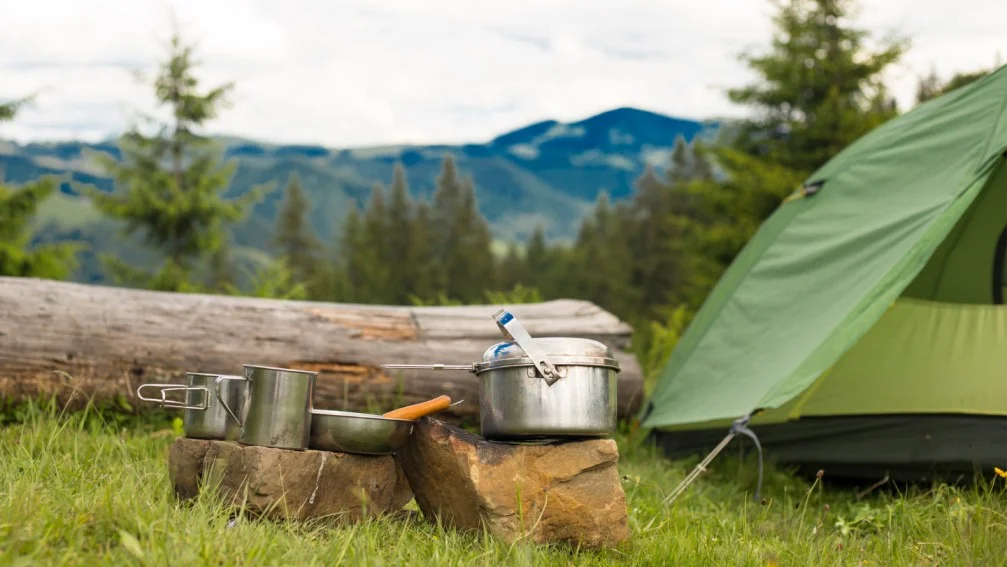
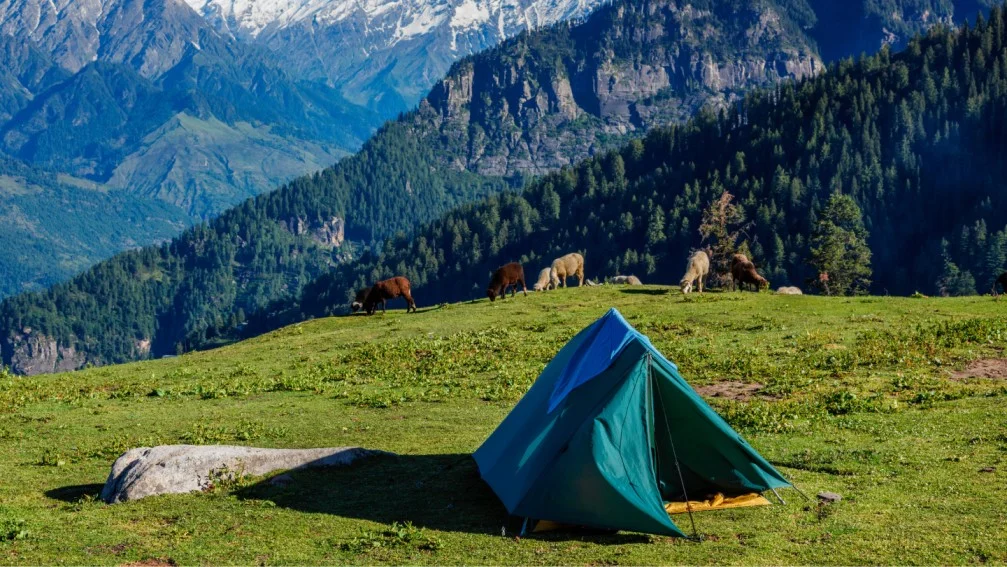
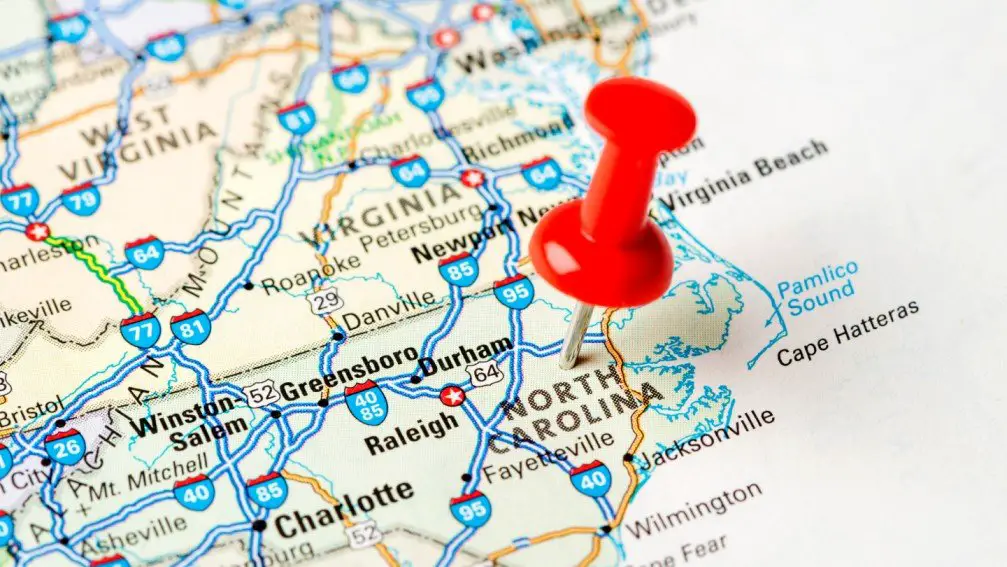
Lirigzon Gashi